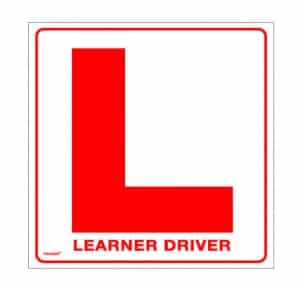 While Consumer WatchDog is trying to get better reports, data and video from self-driving cars University of Michigan researchers say self driving vehicles should be required to pass a drivers’ license test, and there may be different license levels for different levels of self-driving cars. Yes, there may be learner’s permits for autonomous cars.
While Consumer WatchDog is trying to get better reports, data and video from self-driving cars University of Michigan researchers say self driving vehicles should be required to pass a drivers’ license test, and there may be different license levels for different levels of self-driving cars. Yes, there may be learner’s permits for autonomous cars.
Researchers, Sivak and Schoettle say that for self-driving vehicles experience under one set of conditions that requires certain hardware or software capabilities does not improve performance under a different set of conditions that requires different hardware or software capabilities.
A graduated license approach would be applicable should a manufacturer explicitly decide to limit the operation of its vehicles to certain conditions, until improved hardware or software become available, reported Sivalk.
For example, a manufacturer might feel confident that its vehicles could handle all situations except nighttime and snow. In such a situation, after passing a licensing test related to the limited conditions, the vehicle would be given a provisional license that would exclude nighttime driving and driving in snow. A full license could then be obtained once future updates to hardware or software are developed and made available, and the updated vehicle passes an unrestricted licensing test.
They note that most drivers’ license tests evaluate visual performance, knowledge of rules and regulations related to driving and traffic in general, and driving-related psychomotor skills.
Autonomous cars should have driver’s licenses because:
- Self-driving vehicles will face, on rare occasions, ethical dilemmas in their decisionmaking.
- Sensing hardware, spatial maps and software algorithms vary among manufacturers of self-driving vehicles, resulting in variability of onroad performance—as is the case with people.
- Visual and sensing performance of self-driving vehicles in inclement weather is not yet sufficient.
- Visual pattern recognition is a potential problem for current sensing systems in self-driving vehicles (e.g., recognizing downed power lines or flooded roadways).
- Current self-driving vehicles have not yet been tested thoroughly under a variety of demanding conditions (e.g., in snow).
- Onroad performance of some current self-driving vehicles is not yet perfect, even in good weather.
We’d like to see the test scores of the California Driver’s written test where only about 50% pass the written test on the first try.